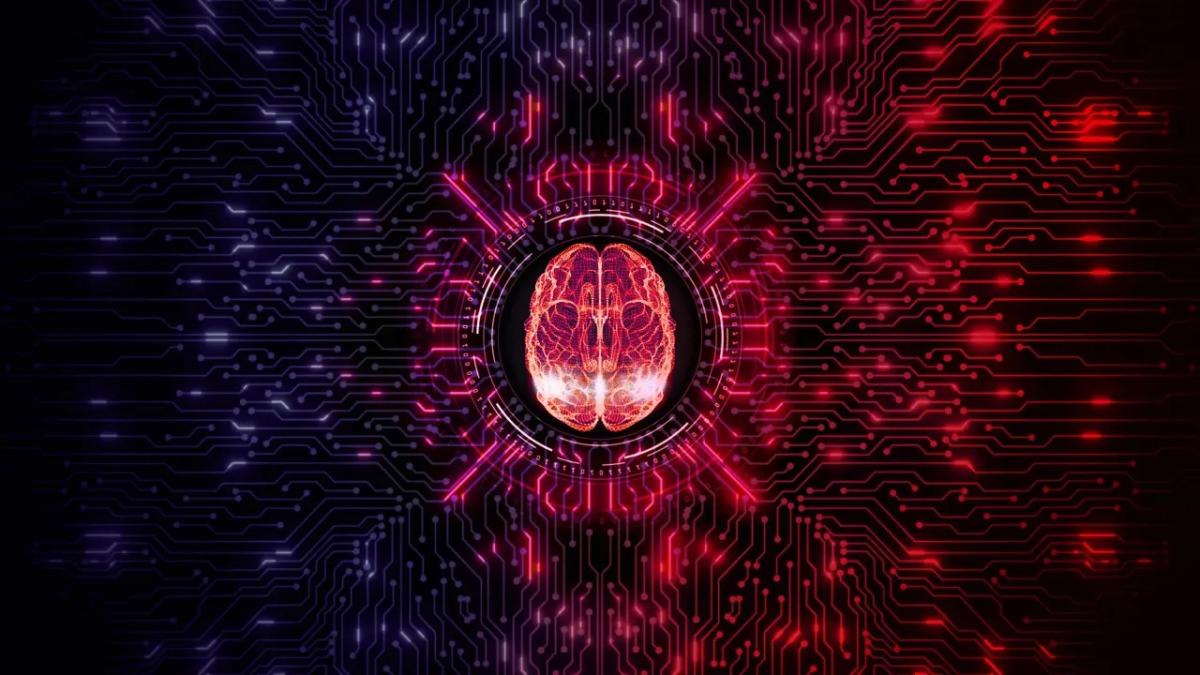Innovating With AI for Customer Success: Part 2
By Marie Hattar CHIEF MARKETING OFFICER

In Part 1 of this series, I looked at the AI landscape, and how we’re embracing technologies and tools as part of our product innovation. In this blog, I examine how AI delivers benefits to our customers through Keysight solutions. We integrate AI/ML as appropriate, across our customer innovation workflows. This spans design, emulation, and test, including hardware, software, and services, and extends to all our market segments. The benefit is ultimately better testing, safer products, and faster time to market.
How AI delivers benefits by vertical
To narrow things down a bit, I’ll focus on five of our major verticals: aerospace & defense, healthcare, automotive, manufacturing, semiconductors, and cellular.
Aerospace & defense
To start with aerospace & defense, Eggplant test automation has the positive impact of what we term ‘non-invasive’ testing, where testing doesn’t require access to the code base. Test automation helps reduce test time and increases coverage of test cases that are critical in regulated industries but doing it non-invasively requires AI and computer vision. For example, NASA’s Orion capsule benefits from this digital twin approach of automated testing.
Healthcare
Healthcare is another example of a highly complex environment, with electronic medical record systems sometimes interfacing with over a dozen data sources. Software quality is paramount, and sadly, only 6% of healthcare executives are confident that they have the coverage in place to fully minimize risk due to manual testing. Keysight has solutions that automate testing and leverage AI to save up to 92% of testing time, resulting in benefits that include freeing up staff time, software with fewer defects, reduced release time, and enhanced data security.
Automotive
Automotive is another industry that will strongly leverage AI in support of autonomous driving developments. If we look at the vehicle surrounded by a cocoon of sorts, combining radar, LIDAR, cameras, and even ultrasound, domain-specific training is critical in creating non-conflicting guidance that aligns across these different technologies. Having the right emulation of these components in digital twin testing and validating with physical cars, delivers safer cars on the roads.
Manufacturing
Customers in validation benefit from Keysight PathWave solutions to detect elusive design defects characterized by glitches and anomalies, prior to mass manufacturing. For example, PathWave Waveform Analytics leverages ML to perform cluster analysis to identify outliers in large datasets, an unsupervised learning technique. Prior to leveraging AI/ML, engineers would print out waveform traces and paste them on the wall. They would then walk from print to print to manually identify the anomalies. This is now automated, with only final checks required.
In a similar fashion, PathWave Manufacturing Analytics identifies anomalies and predicts future failures based on outlier data in the manufacturing stage. It leverages supervised learning that is the result of Keysight’s deep insights into electronic manufacturing.
Semiconductor
Another area of AI integration is how neural network model extraction is integrated into our Keysight EDA Device Modeling solution. To simulate circuits, you need models of components used in the circuit. When a new component is invented, it may take weeks or months to create a model of that component. Using an artificial neural network (ANN) machine-learning algorithm, a model can be created in minutes and can be used in circuit simulation tools.
Cellular
On the wireless front, Nemo drive test hardware permits quicker verification and experience testing of new handsets in new locations. This leads to better 5G network performance today and insights that will power future 6G cellular networks, where an AI foundation will span all aspects of deployment and optimization. This includes efficient spectrum use, low-latency and high-bandwidth connectivity, localization, sensing, and increased reliability. With 6G, fusing physical, digital, and human worlds is expected to be possible with many exciting possibilities over the next decade.
AI is creating a lot of buzz these days and it’s not unwarranted. It’s exciting to see all the different innovations that can improve product innovation and velocity to market.

